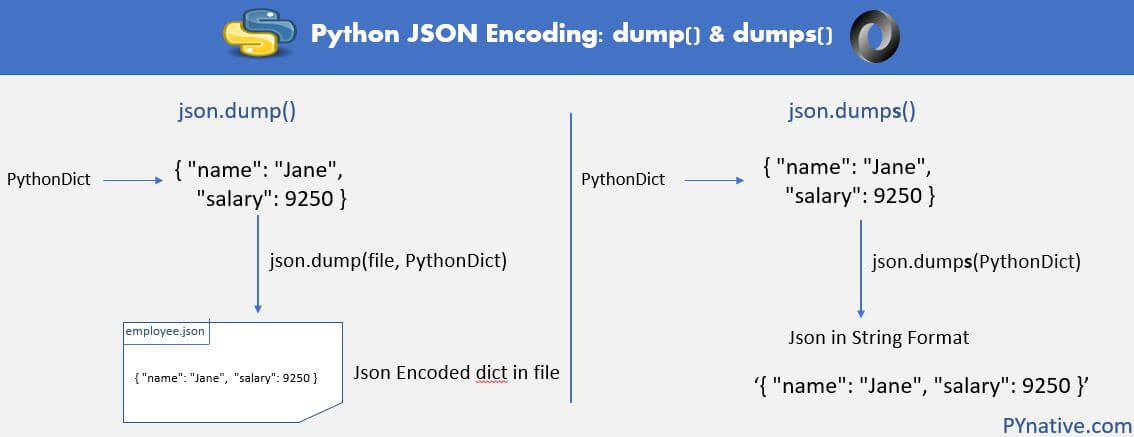
In the upper elementary grades and higher, there are many opportunities to find words in content reading that contain Greek and Latin morphemes. The findings showed that instruction about word parts was associated with improvements in word reading and spelling, and in determining the meaning of unfamiliar words.Īcademic vocabulary that must be learned beyond grade three often consists of words that combine a root, prefix, and suffix (e.g., poly + nom + ial = polynomial manu + script = manuscript). Carlisle (2010) analyzed 16 studies about the relation of morphological awareness instruction to key components of literacy development. Research suggests that students can be taught various morphemic elements as a way to determine the meaning of new words (Edwards et al., 2004). Morphology means the study of word parts, and morphological awareness refers to the ability to recognize the presence of morphemes in words.

The word transportable contains three bound morphemes (trans, port, able).The word unfit contains one bound morpheme (un) and one free morpheme (fit).The compound word sandbox contains two free morphemes (sand, box).The word cats contains one free morpheme (cat) and one bound morphemes (s).The word cat contains one free morpheme.Other morphemes are bound – they cannot stand alone and must be attached to another morpheme (e.g., re-, un-, geo, phon, -ed, -ment). Some morphemes are free – they can stand alone (e.g., cat, walk, govern).

They can be combined in different ways to express particular meaning or to fill grammatical roles. The dictionary defines a morpheme as “a word or part of a word that has a meaning and that contains no smaller part that has a meaning.” Morphemes include base words and roots, prefixes, and suffixes. Morphemes are the smallest units of meaning in a language. Inside clues come from recognizing meaningful parts of the word, i.e., using morphological knowledge. Outside clues include rereading the sentences before and after the word and using the context of the text.

One of the five components of our Key Vocabulary Routine is Teach Word Learning Strategies, which includes how to look for clues outside the word (use of context) and inside the word (use of word parts) when encountering an unknown word while reading. A recent blog post by Tim Shanahan titled “What should morphology instruction look like?” reminded me how important it is to teach students about word parts (i.e., roots, prefixes, suffixes) as a useful tool for determining the meaning of unfamiliar words and growing academic vocabularies.


 0 kommentar(er)
0 kommentar(er)
